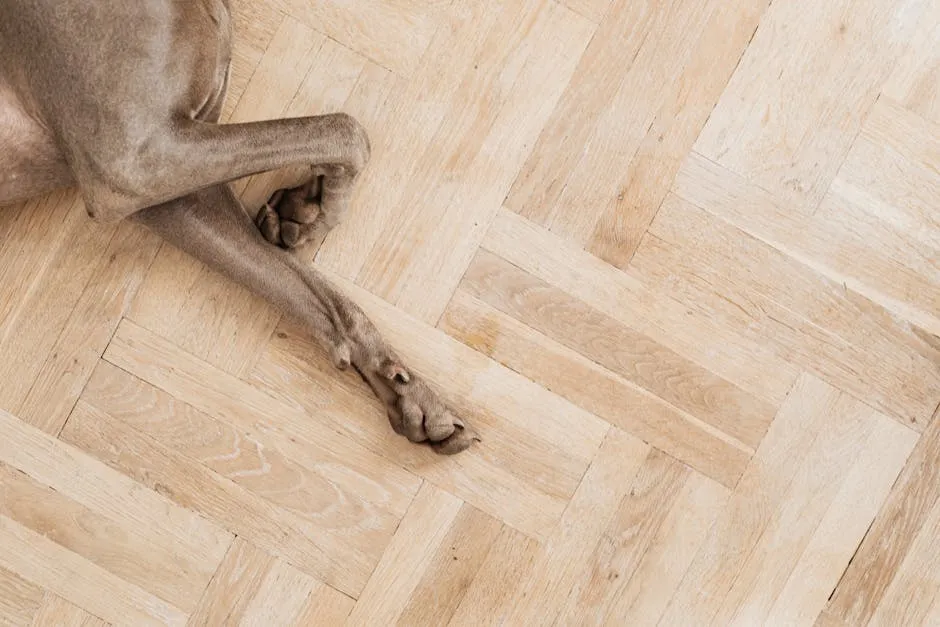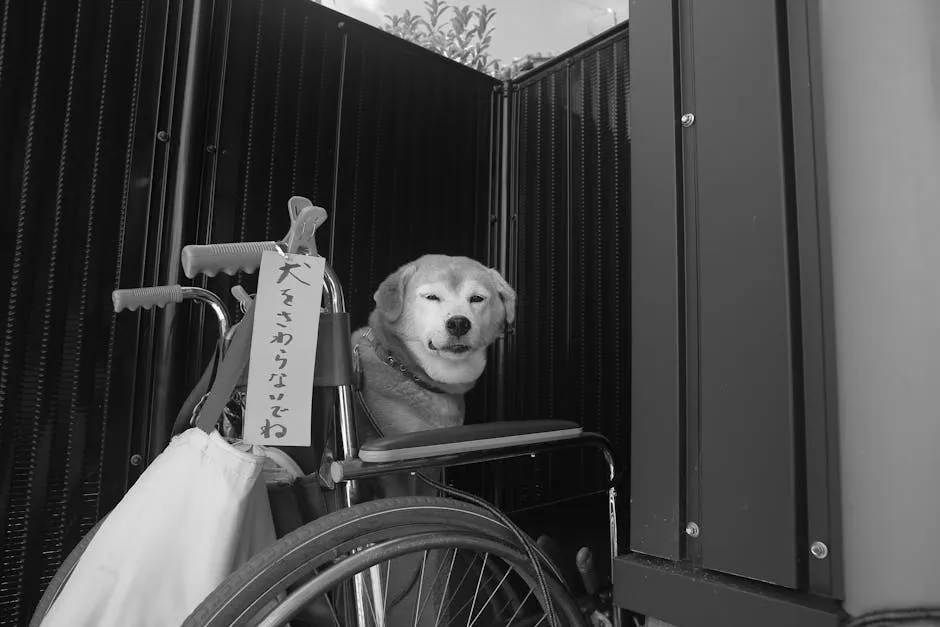Introduction
Creating a safe indoor environment for dogs with special needs is vital. It enhances their comfort and security. A well-designed space benefits both your dog and you as an owner. This article focuses on best practices and practical tips for designing such a space.
Summary and Overview
In this article, we will cover essential aspects of designing a safe indoor area for dogs with special needs. These needs may include mobility issues or sensory impairments. A well-planned space significantly impacts a dog’s well-being. Key design elements will include flooring, accessibility, and comfort features.
Designing a Safe Indoor Space
Assessing Your Dog’s Needs
Understanding your dog’s specific needs is crucial. Different dogs may have various challenges, such as mobility issues, blindness, or deafness. Observing their behavior can help identify these needs. For example, a blind dog may require a clear path free of obstacles. Meanwhile, an elderly dog might need extra support and comfort.
Consider consulting with a veterinarian or pet behaviorist to gain insights into your dog’s requirements. They can provide tailored advice based on your dog’s condition. By assessing your dog’s unique needs, you can create an environment that promotes their health and happiness. Before proceeding with design, take time to evaluate those needs carefully.

Speaking of comfort, a Furhaven Pet Dog Bed can make a world of difference. It’s like a fluffy cloud for your pup, providing support for those tired bones and ensuring they have a cozy spot to rest. Trust me, they will thank you with every snore!
Choosing the Right Flooring
Selecting appropriate flooring is essential for safety and comfort. Non-slip surfaces are critical for dogs with mobility issues. Rubber mats and carpet are excellent options as they provide grip and reduce the risk of slipping. Avoid hard surfaces like tiles or hardwood, which can be slippery and uncomfortable.
Soft surfaces also help dogs with arthritis. Cushioned flooring can alleviate pain and discomfort. Regular maintenance of flooring is important to keep it clean and safe. Ensure that any flooring you choose is easy to clean and stain-resistant. Explore various flooring materials to find the best fit for your dog’s needs.

To add an extra layer of comfort, consider using a Dog Crate Pad. It’s like giving your pup a warm hug every time they settle down. Plus, it’s a great way to keep their crate cozy and inviting.
Creating Accessible Spaces
Designing a safe indoor area for dogs with special needs requires careful thought. It’s essential to create spaces that promote easy navigation. Start by incorporating ramps and low furniture. Ramps are especially helpful for dogs with mobility issues. They provide a gentle incline that makes it easier for your furry friend to move around.
Avoid clutter and obstacles in your dog’s space. Keeping pathways clear ensures that your dog can navigate freely without bumping into objects. This approach is crucial for dogs who may have vision impairments or difficulty walking.
Also, designate specific areas for rest, play, and meals. Having a cozy corner for naps, a safe area for toys, and a dedicated spot for feeding helps your dog feel secure. This structure not only aids in their daily routine but also enhances their overall sense of safety.

Speaking of structure, a Dog Ramp for Cars can be a game-changer. It makes entering and exiting vehicles a breeze for dogs with mobility challenges. No more jumping hurdles for your furry friend!
Safety Precautions
Creating a dog-proof environment is essential for your pet’s safety, especially for those with special needs. Start by removing hazardous items from your home. Toxic plants and harmful chemicals can pose serious risks. Secure cleaning supplies, medications, and any items that could be ingested.
Next, consider using gates and barriers to restrict access to certain areas. This helps keep your dog safe from stairs, kitchens, or rooms with fragile items. Gates can also create a quiet zone for your dog to retreat to when needed.
Emergency preparedness is another crucial aspect. Keep a well-stocked first aid kit handy for your furry friend. Include items like bandages, antiseptic wipes, and any specific medications your dog may need. Familiarize yourself with basic first aid procedures for pets. A Dog First Aid Kit is essential for any pet owner. You never know when your buddy might get into a bit of trouble, and being prepared is key!
Taking these precautions not only protects your dog but also provides peace of mind for you. Take a moment to evaluate your home for potential hazards. Remember, a safe space is a happy space for your beloved pet.

Conclusion
In summary, creating a safe indoor area for dogs with special needs is vital. Key elements include understanding individual needs, selecting appropriate flooring, and ensuring accessibility. By implementing safety precautions, you enhance your dog’s comfort and security. Your efforts will greatly improve their quality of life. We encourage you to take action and share your experiences in creating safe spaces for your furry companions.
To learn more about improving the quality of life for dogs with cognitive issues, check out this guide to enhancing quality of life for senior dogs with cognitive issues.
FAQs
Don’t forget to keep your dog’s hydration in check! A Dog Water Fountain can encourage them to drink more water and stay hydrated, which is essential for their overall health.
Please let us know what you think about our content by leaving a comment down below!
Thank you for reading till here 🙂
All images from Pexels





